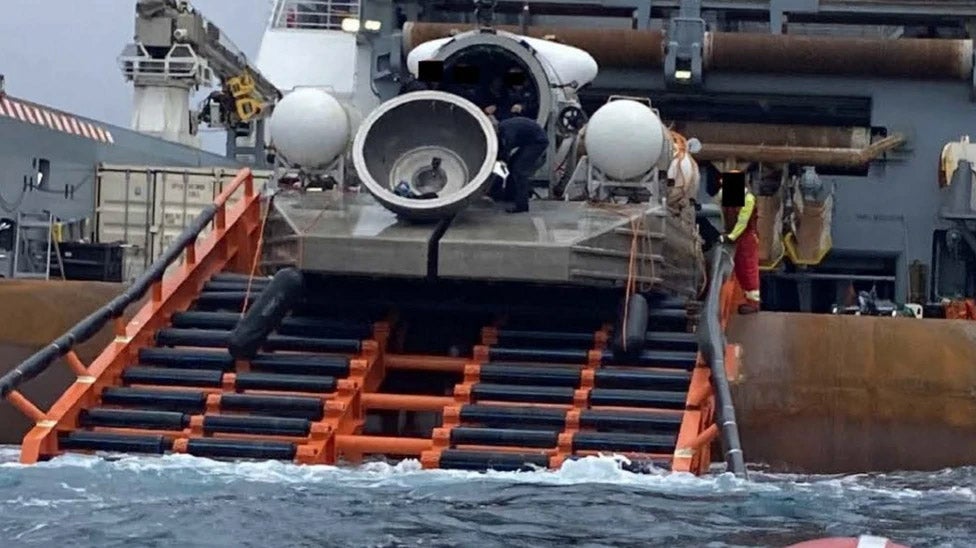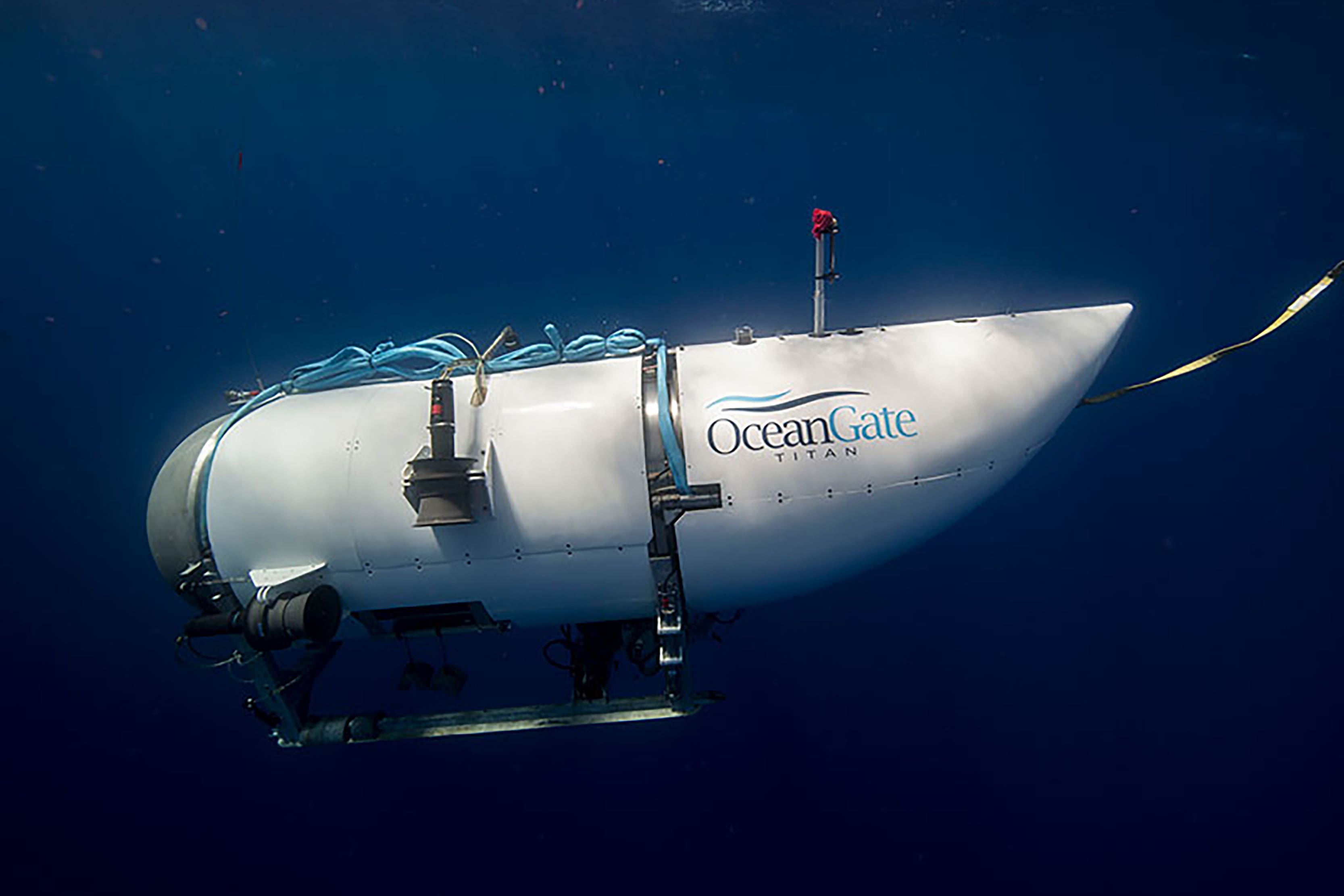A representative for OceanGate has confirmed to The Independent that the hull of the Titan submersible which imploded last summer was not struck by lightning.
Citing public records, the representative explained that it was, in fact, an earlier prototype hull that was struck by lightning in 2018.
This comes after OceanGate’s former engineering director, Tony Nissen, testified on Monday during the US Coast Guard’s public inquiry into the implosion, saying he believed the hull had been compromised by a lightning strike during the test dive in the Bahamas.
The hull, he said, was later found to have a crack in it, and he refused to sign off on the prototype. “I killed it,” he testified. “The hull is done.” Mr Nissen claimed he was fired from the company in 2019 as a result.

Prior to his death in the submersible, Oceangate CEO Stockton Rush explained that the damage caused by the lightning strike was fixed within days as it used “off-the-shelf components”.
A post on Oceangate’s Instagram account from 2018 said the submersible had “sustained lightning damage that affected over 70% of its internal systems”.
Mr Rush explained in an interview: “Fortunately, we are using commercial off-the-shelf and line-replaceable items. So in a matter of a couple of days, we were able to replace all those components.”
Other issues reported in the ongoing public inquiry by the Marine Board of Investigation (MBI) include the storage of the submersible, which is said to have left it exposed to the elements for several months between 2022 and 2023.

Problems were also raised with the vessel’s carbon fibre hull, within and outside of the company, as it is a material widely believed to be unsuitable for use at great depths.
National Transportation Safety Board engineer Don Kramer said in his testimony on Wednesday that the hull “encountered a significant amount of delamination” on its repeat dives.
He explained the issues were still “subject to our own internal analysis” when questioned by OceanGate’s counsel about whether they could have contributed to the eventual “catastrophic implosion” of the submersible.

OceanGate and the Titan submersible hit global headlines last June when the submersible – described as “experimental” by the company itself – went missing an hour and 45 minutes into its dive towards the Titanic wreck.
After an international search and rescue mission before its limited oxygen supply ran out, debris was found at the bottom of the North Atlantic, close to the Titanic’s bow section.
Five men lost their lives in the disaster – Mr Rush, 61; French Titanic expert Paul-Henri Nargeolet, 77, otherwise known as Mr Titanic; as well as commercial $250,000-a-head customers British billionaire Hamish Harding, 58; Pakistani billionaire Shahzada Dawood, 48; and his son Suleman Dawood, 19.
The MBI’s public inquiry comes to a close on Friday.

